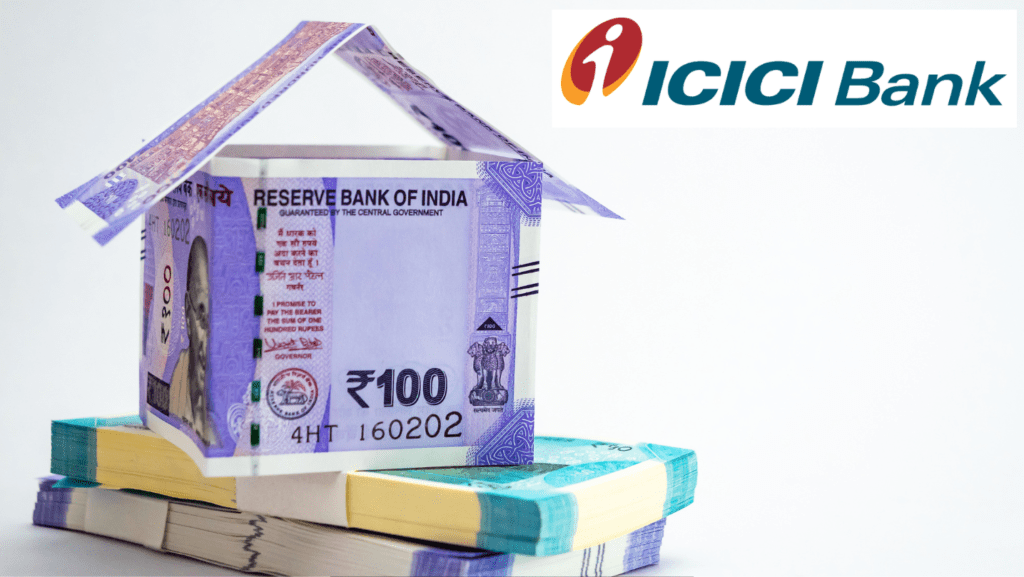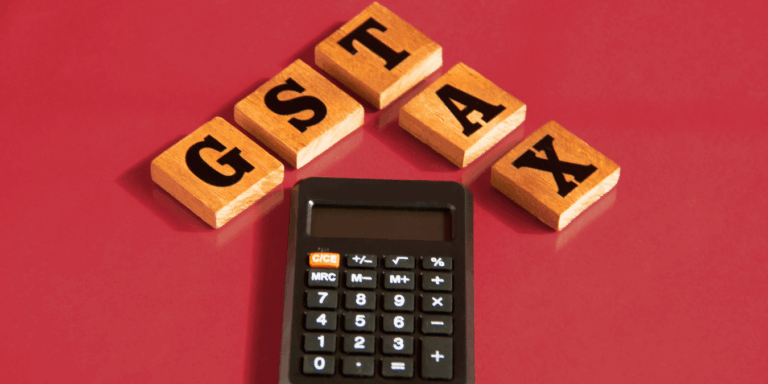
“Learn how to turn unclaimed home loan interest into cost of acquisition during property sales to reduce capital gains tax. Discover expert tips, legal insights, and tax-saving strategies. Maximize your profits with this ultimate guide for property sellers. Save money and stay compliant with the latest tax laws!”
When it comes to selling a property, understanding the financial intricacies can save you a significant amount of money. One often overlooked aspect is the treatment of unclaimed home loan interest. It can be converted into the cost of acquisition. This strategy can help you reduce your capital gains tax liability, making it a crucial consideration for any property seller. In this comprehensive guide, we’ll explore how you can turn unclaimed home loan interest into the cost of acquisition during a property sale, backed by the latest data
Understanding the Basics: Home Loan Interest and Cost of Acquisition
What is Home Loan Interest?
Home loan interest is the amount you pay to the lender for borrowing money to purchase a property. This interest is typically deductible under Section 24(b) of the Income Tax Act, up to a limit of ₹2 lakh per annum for a self-occupied property. However, if you have not claimed this deduction in previous years, the unclaimed interest can still be utilized in a strategic manner.
Unclaimed Home Loan Interest: An Overview
Unclaimed home loan interest refers to the portion of interest paid on a home loan that has not been claimed as a deduction in previous financial years. This unclaimed interest can be added to the cost of acquisition when calculating capital gains during a property sale.
The legal basis for adding unclaimed home loan interest to the cost of acquisition is found in Section 48 of the Income Tax Act, 1961. This section allows for the inclusion of certain expenses incurred in connection with the acquisition, improvement, or transfer of a capital asset.
What is Cost of Acquisition?
The cost of acquisition is the original purchase price of the property, including any additional expenses incurred during the purchase, such as stamp duty, registration fees, and legal charges. This cost is crucial when calculating capital gains tax, as it is subtracted from the sale price to determine the taxable gain.
The cost of acquisition includes the purchase price of the property and any expenses incurred in connection with the acquisition. By adding unclaimed home loan interest to this cost, you can effectively reduce the capital gains tax liability.
Example Calculation
Let’s consider an example:
- Purchase Price: ₹50 lakh
- Unclaimed Home Loan Interest: ₹5 lakh
- Total Cost of Acquisition: ₹55 lakh
When you sell the property, the capital gains will be calculated based on the total cost of acquisition, thereby reducing the taxable amount.
The Connection Between Unclaimed Home Loan Interest and Cost of Acquisition
When you sell a property, the capital gains tax is calculated on the difference between the sale price and the cost of acquisition. By adding unclaimed home loan interest to the cost of acquisition, you effectively increase the cost base, thereby reducing the taxable capital gains. This strategy can lead to substantial tax savings, especially if the property has appreciated significantly over time.
Legal Framework and Provisions
The Income Tax Act allows for the inclusion of certain expenses in the cost of acquisition. According to Section 55 of the Act, the cost of acquisition can include any expenditure incurred wholly and exclusively in connection with the transfer of the property. While home loan interest is not explicitly mentioned, it can be argued that it is an expense incurred in connection with the property, especially if it was used to finance the purchase.
Step-by-Step Guide to Turning Unclaimed Home Loan Interest into Cost of Acquisition
Step 1: Gather All Relevant Documents
Before you can claim unclaimed home loan interest as part of the cost of acquisition, you need to gather all relevant documents. This includes:
- Home loan statements
- Interest certificates from the lender
- Purchase agreement
- Proof of payment for stamp duty and registration fees
- Any other relevant financial documents
Step 2: Calculate the Unclaimed Home Loan Interest
Review your home loan statements and identify the interest amounts that you did not claim in previous years. This could be due to various reasons, such as not having enough taxable income to fully utilize the deduction or simply overlooking the claim.
Step 3: Consult a Tax Professional
Given the complexity of tax laws, it’s advisable to consult a tax professional or a Chartered Accountant (CA) to ensure that your claim is valid and compliant with the law. They can help you navigate the legal framework and maximize your tax savings.
Step 4: Include Unclaimed Interest in the Cost of Acquisition
Once you have calculated the unclaimed interest and consulted a professional, you can include this amount in the cost of acquisition when calculating your capital gains tax. This will reduce your taxable gain and, consequently, your tax liability.
Step 5: File Your Tax Return Accurately
When filing your tax return, ensure that you accurately report the cost of acquisition, including the unclaimed home loan interest. This will help you avoid any disputes with the tax authorities and ensure that you benefit from the tax savings.
Latest Data and Trends
Increasing Property Prices and Capital Gains Tax
With property prices on the rise in many parts of the country, the capital gains tax liability for property sellers has also increased. According to recent data from the National Housing Bank (NHB), property prices in major cities have seen an average annual appreciation of 8-10% over the past five years. This makes it even more important to utilize strategies like turning unclaimed home loan interest into the cost of acquisition to minimize tax liability.
Growing Awareness Among Taxpayers
There is a growing awareness among taxpayers about the various deductions and exemptions available under the Income Tax Act. According to a survey by the Income Tax Department, nearly 60% of taxpayers are now aware of the benefits of claiming home loan interest deductions. However, many still overlook the potential of unclaimed interest, highlighting the need for greater education and awareness.
Government Initiatives and Digitalization
The Indian government has been actively promoting digitalization and transparency in tax filings. Initiatives like the introduction of the Annual Information Statement (AIS) and the Taxpayer Information Summary (TIS) have made it easier for taxpayers to track their financial transactions and claim deductions accurately. This has also made it easier to identify and claim unclaimed home loan interest.
Final Thought
Turning unclaimed home loan interest into the cost of acquisition during a property sale is a powerful strategy to reduce your capital gains tax liability. By understanding the legal framework, gathering the necessary documents, and consulting a tax professional, you can maximize your tax savings and make the most of your property investment. With property prices on the rise and increasing awareness among taxpayers, this strategy is more relevant than ever. So, the next time you plan to sell a property, don’t forget to consider the unclaimed home loan interest and turn it into a cost of acquisition for significant tax benefits.
By following the steps outlined in this guide and staying informed about the latest trends and data, you can navigate the complexities of property sales and taxation with confidence. Remember, every rupee saved in taxes is a rupee earned, and with the right strategies, you can make your property sale a financially rewarding experience.
-

Why India Is Doubling Down on Russian Defense Tech Despite the World Watching
-

The Great Oil Heist: How India is Defying a 50% Trump Tariff to Keep Your Petrol Cheap (But at What Cost?)
-

The $100 Billion Gamble: How India and Russia Are Rewriting Trade Rules Right Under the West’s Nose
-

The Stunning Secret Behind Modi-Putin’s “Time-Tested Friendship” That Washington Doesn’t Want You to Know!





























